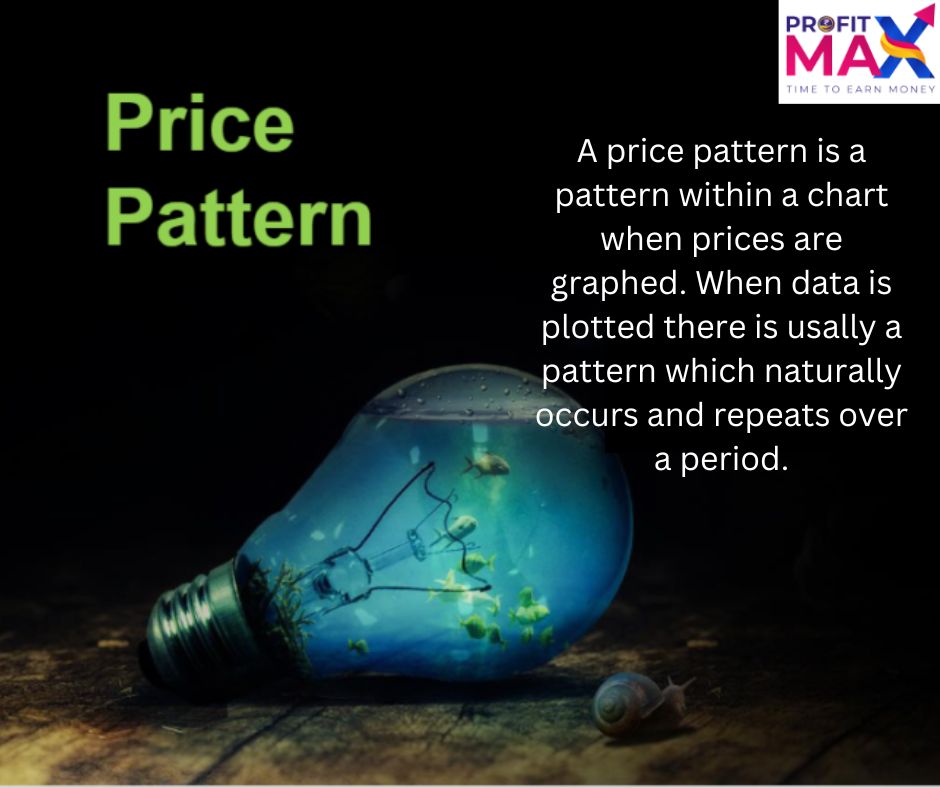Introduction
In the dynamic and fast-paced world of finance, buyers are always searching for tools and strategies to help them traverse the intricate web of markets. Technical evaluation, which has been used for decades to examine and interpret price charts, is a potent tool. In this extensive handbook, we may explore the fundamentals of technical evaluation, including its guiding principles and the role it plays in helping us make well-informed financial decisions.
Comprehending Technical Analysis
Using past fee facts and the extent of purchasing and selling, technical analysis is a method for assessing and forecasting future price movements of economic assets.
Unlike essential analysis, which makes a specialty of an organization’s financial fitness and intrinsic fee, technical evaluation is based on the notion that ancient price moves and styles tend to copy themselves. The first presumption is that the asset’s rate already takes into account all relevant facts.
Important Technical Analysis Concepts
1. Price Discounts Everything: Technical analysis states that the charge for an object already takes into account all relevant information, whether it be public or private. According to this principle, the current market price takes into account every factor affecting the item.
2. Price Movements in Trends: One of the fundamental ideas of technical analysis is that prices typically tend to move sideways, upward, or downward. Making informed purchasing and selling decisions requires being able to recognize and understand those characteristics.
3. History Frequently Reappears: Technical analysts anticipate future rate movements because historical price movements and patterns frequently recur. This is predicated on the notion that human behaviour, which propels market fluctuations, tends to stay constant.
Essential Ideas in Technical Analysis
1. Candlestick Designs: The ability of candlestick charts to provide a visual depiction of charge changes has made them well-known among technical analysts. Market emotion can be inferred from a variety of candlestick types, such as doji, hammer, and engulfing patterns.
2. Chart Patterns:
To identify potential reversals or continuations, technical analysts examine chart patterns. Typical chart designs include triangles, flags, and head and shoulders; each provides a distinct warning about future price changes.
3. Indicators and Oscillators: Technical indicators and oscillators provide quantitative information on the momentum, volatility, and electricity of an asset. They are also combined with transferring averages, the Relative Strength Index (RSI), and Moving Average Convergence Divergence (MACD).
4. Trend lines: Trend lines aid in identifying potential reversal points and the direction of a fashion. Analysts can see important levels of support and resistance on a price chart by drawing trend lines.
5. Support and Resistance: Two essential components of technical evaluation are support and resistance levels. Resistance is a level at which an economic asset finds it difficult to increase further, whereas support is a charged degree where it tends to stop falling. Determining these degrees makes it easier for traders to decide on entry and exit locations.
Technical Analysis’s Function in Decision-Making
1. Points of Entry and Exit: Investors can find the best entry and exit opportunities for their trades with the help of technical analysis. Buyers might profit from possible price movements by identifying trend breakouts or reversals.
2. Risk Management: Technical analysis is essential to change management. Traders can limit capacity losses by placing stop-loss orders based on the identification of aid and resistance tiers.
3. Market Timing: The technical examination helps with market timing, which is crucial in financial markets. Technical indicators are used by traders to determine when it is best to enter or leave positions.
4. Portfolio Management: Technical examination is incorporated into the plans of fund managers and investors. They can adjust the asset allocation to maximize returns by interpreting the broad characteristics of the market.
Challenges and Criticisms
while technical analysis has been verified effective for many traders, it is not without its challenges and criticisms. Detractors argue that it is predicated on ancient facts and patterns that might not always repeat. Additionally, the subjective nature of interpretation and the capacity for false signals are demanding situations confronted via those depending solely on technical evaluation.
Conclusion
In conclusion, technical analysis is an important tool in the toolbox of traders and dealers attempting to negotiate the intricacies of financial markets. People can use the power of technical analysis to create more strategic and well-informed financing decisions by comprehending the fundamental ideas and the part they play in the selection process. Technical analysis provides a lens through which market players can obtain insights into potential future price movements and trends, even if it is not a crystal ball. Combining technical analysis with other approaches can enhance its efficacy and contribute to a more thorough understanding of financial markets, as is the case with every way of market appraisal.










